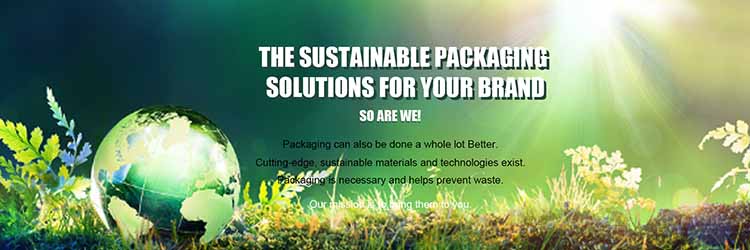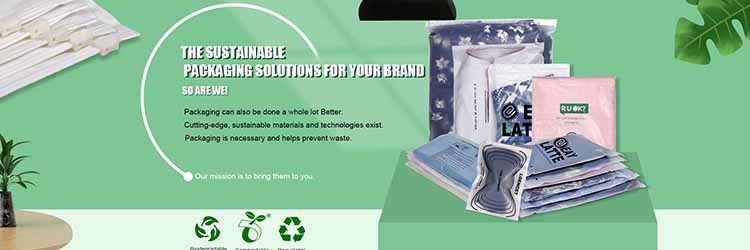Plastic is a synthetic resin. The first synthetic plastic in human history is phenolic resin (also known as Baekland plastic), which is an organic polymer compound formed by the polymerization of phenol and formaldehyde. Once this plastic is molded, it cannot be changed. When it is burned, it produces toxic gases such as toluene and hydrogen hydride.
At present, plastics are mainly made from two kinds of raw materials, petroleum and natural gas. The raw materials undergo a cracking process to form monomers, and then the monomers are polymerized into high-molecular polymers-plastics. General-purpose plastics, such as polyethylene (PE) polypropylene (P), polyvinyl chloride (PVC), polystyrene (PS), etc., are very stable in nature, difficult to degrade, and easy to produce harmful substances when burned. Disposal problems; in addition, single-use plastic products are widely used in agriculture, packaging and medical industries, causing serious “white pollution”.
In order to solve this problem, various governments and international institutions have proposed different policy solutions. Internationally, the United Nations launched a global anti-plastic pollution action in 2018. Espinosa, president of the 73rd United Nations General Assembly, pointed out that 80% of single-use plastic products end up in the ocean. It is estimated that by 2050, the plastic in the ocean will exceed that of fish. At the same time, the EU proposed a “plastic strategy” in 2018. In order to ensure that all packaging in Europe before 2030 is reusable or recyclable, the EU will invest 3.5 billion euros in the development of new materials. In the same year, British Prime Minister Theresa May also promised the public that the British government would phase out all avoidable plastic waste by 2042.

As the world’s largest producer and consumer of plastic products, China has a total output of 75,155,400 tons of plastic products in 2017. Plastic products such as lunch boxes are difficult to recycle. In this regard, my country’s Ministry of Ecology and Environment attaches great importance to the prevention and control of marine waste and plastic waste, and proposes to centrally rectify waste plastic processing and utilization distribution centers, and increase environmental supervision in the recycling process.
Governing the “white pollution” produced by plastics and finding new environmentally friendly degradable plastics are currently important issues of global concern. Among them, biodegradable plastics have shown significant advantages in terms of health and environmental protection. Take plastic bags as an example. Ordinary plastic bags are made of petroleum.
Its molecular structure is very stable, and it is difficult to degrade when buried in soil for hundreds of years. Not only that, when consumers buy cooked food, because plastic bags themselves will release harmful gases, the food will be contaminated after packaging in plastic bags, and we will endanger our own health after eating contaminated food. Biodegradable plastic bags can decompose into carbon dioxide and water in 180 days under natural soil or industrial compost conditions.
Biodegradable materials are environmentally friendly products prepared from polyester biodegradable raw materials through a unique processing technology. They are non-toxic, antibacterial, mildew-resistant, non-irritating and compostable. Environmentally friendly features. In addition, the so-called “degradation” in degradable plastic products refers to biodegradation, which requires a certain environment, and will decompose under specific environments such as high temperature, high humidity, and microorganisms. , the decomposition conditions will not be reached.
In this environment, degradable plastic products can be stored and used normally like traditional plastic products, and there is no obvious difference in strength and load-bearing characteristics from traditional plastic products.

Specifically, biodegradable plastics refer to the degradation caused by the action of microorganisms such as bacteria, fungi and species that exist in nature in a natural environment such as soil or sandy soil under specific conditions such as composting, anaerobic digestion or aqueous culture solution.and eventually completely degrade into carbon dioxide (CO2), methane (CH4), water (H20) and the mineralized inorganic salts of the elements it contains, as well as new biomass plastics. Among many biological materials, polysulfonic acid fatty acids Esters (PHA), polylactic acid (PLA), polycaprolactone (PCL) and polybutylene succinate (PBS) have relatively mature R&D technology and large industrial scale, and are also the main varieties currently consumed in the market.
According to the source of raw materials, biodegradable plastics can be derived from renewable materials (such as biomass materials, which refer to natural polymer materials in nature, mainly including plant fibers, starch, cellulose, protein, lignin and polysaccharides). etc.), and can come from fossil resources (such as oil, natural gas and coal, etc.). If a material is both derived from renewable materials and has biodegradation properties, it is in line with the concept of renewable, recycling, environmental protection, energy saving and emission reduction.
Divided from the chemical reaction process, biodegradable plastics are divided into two types: incomplete degradation and complete degradation. Among them, fully degradable plastics can be naturally decomposed by microorganisms in nature after being discarded, turning into low molecular weight compounds, and finally into inorganic substances such as water and carbon dioxide. Therefore, fully biodegradable plastics are also called “green plastics”. Strong environmental protection effect.
From the perspective of biodegradation, it can be divided into microbially synthesized degradable plastics and chemically synthesized degradable plastics. In the development of biodegradable plastics, microbial synthesis of degradable plastics is favored for its strong transformation ability.
Microbial synthesis of degradable plastics means that organisms use organic matter as food to synthesize macromolecular compounds during the process of microbial life activities. Most of these biodegradable materials are PHA polyesters, whose physical, thermoplastic and mechanical properties are very similar to those of plastic materials, and are highly environmentally friendly.
In addition, degrading plastics through chemical synthesis is also a major trend in the biodegradable plastics industry. Through chemical synthesis, degradable plastics with PCL, PBS, and PLA structures can be synthesized. They have the characteristics of low melting point, high compatibility, and fast degradation rate. They can be used to make fully biodegradable films. Biodegradation performance, mechanical properties and other indicators are very good.
In addition, according to a survey by the European Bioplastics Association, in 2019, global bioplastics accounted for 1% of the annual plastic production (about 335 million tons). 2.11 million t in 2018 increased to 2.62 million t.
Compared with ordinary plastics, bioplastics can reduce the consumption of petroleum resources by 30% to 50% and consume carbon dioxide and water in the whole production process (plant photosynthesis turns it into starch); biodegradable plastics can be combined with organic wastes (such as kitchen waste) are composted together, which will greatly facilitate the disposal of waste.






